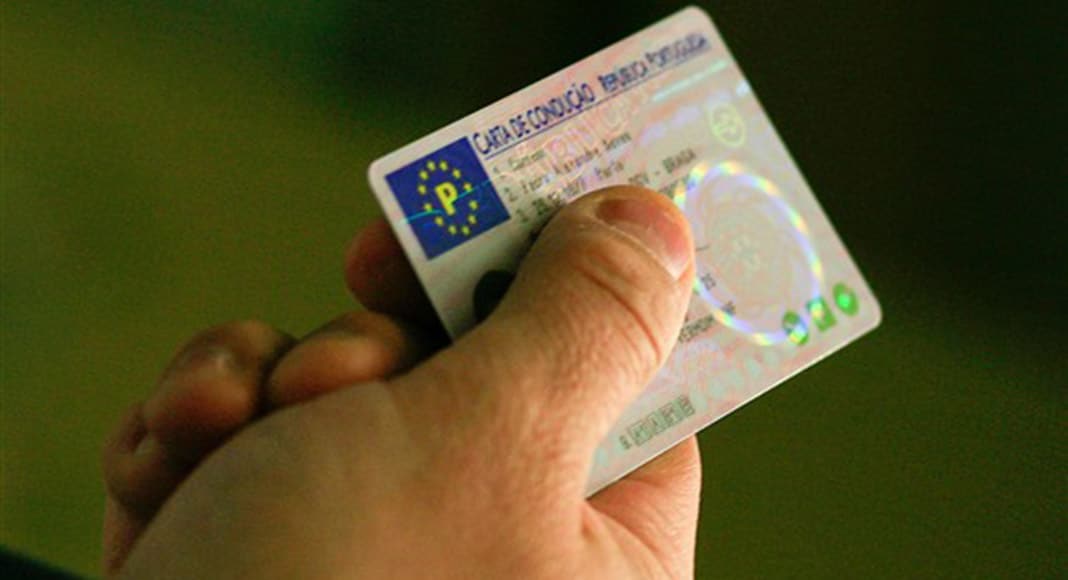Understanding the Driving Theory Test: A Comprehensive Guide
The driving theory test is an essential step for aiming motorists in obtaining their driving license. This informative guide aims to clarify what the theory test involves, its structure, and useful ideas for effective preparation. In Comprar Carteira De Motorista Brasileira , typical mistaken beliefs about the test will be attended to, along with often asked concerns (FAQs) to help candidates navigate this important hurdle.
What is the Driving Theory Test?
The driving theory test examines a candidate's understanding of road guidelines, traffic indications, and safe driving practices. It consists of two primary elements: multiple-choice concerns and a hazard understanding section. Prospects need to effectively pass both parts to proceed to the useful driving test.
Structure of the Driving Theory Test
| Component | Description | Time Limit | Passing Score |
|---|---|---|---|
| Multiple-Choice Questions | 50 concerns covering roadway indications, guidelines, and safety | 57 minutes | 43/50 |
| Risk Perception | 14 video clips needing recognition of hazards | 20 minutes | 44/75 |
Multiple-Choice Questions
The multiple-choice section assesses knowledge in different classifications:
- Road Signs: Recognizing and understanding various traffic indications and their meanings.
- Guidelines of the Road: Knowledge of laws governing driving habits and rules.
- Automobile Handling: Best practices for operating a lorry, consisting of modifications for weather conditions.
- Safety Factors: Recognizing the value of precaution such as seat belts and kid safety seats.
Hazard Perception Test
The hazard perception area is created to test a motorist's ability to recognize prospective dangers on the road. Prospects view numerous video featuring daily driving scenarios-- such as pedestrians, cyclists, and other cars-- and need to click when they discover a possible threat establishing.
Preparing for the Driving Theory Test
Preparation is key to success in the driving theory test. Here are a number of reliable techniques candidates can adopt:
- Study the Highway Code: This extensive guide covers all rules and guidelines concerning road use and is important for preparation.
- Practice with Mock Tests: Online sources provide access to many practice tests mimicking the genuine test design and concerns.
- Utilize Study Apps: Many mobile apps assist candidates in boosting their understanding and skills through quizzes, flashcards, and interactive coursework.
- Participate In Theory Classes: Group classes led by skilled trainers can provide tailored support and information of complex topics.
- Evaluation Road Signs: Familiarizing oneself with numerous road signs can substantially improve efficiency in both the multiple-choice and risk perception tests.
Common Misconceptions About the Test
Lots of potential drivers harbor misconceptions about the driving theory test. Here are a few information:
- All Questions Cover Advanced Topics: Many think that the test concentrates on complex circumstances or regulations. Nevertheless, it mainly examines essential roadway safety knowledge and fundamental driving rules.
- Risk Perception Only Applies to New Drivers: While it plays a crucial role in examining new drivers, danger awareness is a lifelong ability essential for all roadway users.
- You Can Fail Without Consequences: Candidates who fail are permitted to retake the test; nevertheless, it can affect their self-confidence and increase the time required to obtain their complete license.
Tips for Taking the Test
As candidates approach the test day, a few useful ideas can alleviate stress and anxiety and improve efficiency:
- Get a Good Night's Sleep: A well-rested mind is sharper and more concentrated, assisting in recall and decision-making.
- Get here Early: Punctuality decreases tension and offers time to accustom to the testing environment.
- Read Questions Carefully: Sometimes, the phrasing can be tricky; take time to understand what each question is asking.
- Stay Calm During the Test: Anxiety can cloud judgment; use breathing methods if feeling overwhelmed.
Regularly Asked Questions (FAQs)
How long is the driving theory test valid?
The driving theory test outcomes are valid for 2 years in the majority of nations. If the dry run is not finished within this timeframe, prospects should retake the theory test.
How much does the driving theory test cost?
The cost differs by location. In many places, the cost for taking the test varies from ₤ 30 to ₤ 50.
Can I use my own car for the useful driving test?
In most areas, candidates can use their vehicles for the practical driving test as long as it meets specific safety requirements and policies.
What should I induce the test day?
Prospects must bring their driving license, any necessary recognition, and guarantee they have paid the test fee beforehand.
Is it true that you can modify by watching YouTube videos?
Yes, numerous prospects discover that visual learning through YouTube tutorials and idea explainers can help in understanding principles in a more interesting method.
The driving theory test is not just an administrative obstacle but an essential part of ending up being a safe and responsible motorist. Correct preparation can help prospects confidently navigate the test's obstacles, resulting in more secure roads for everybody. By understanding the structure of the test, resolving mistaken beliefs, and employing reliable study techniques, striving motorists can transform their apprehension into preparedness, leading the way for successful driving experiences.

